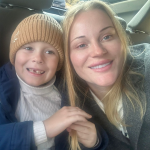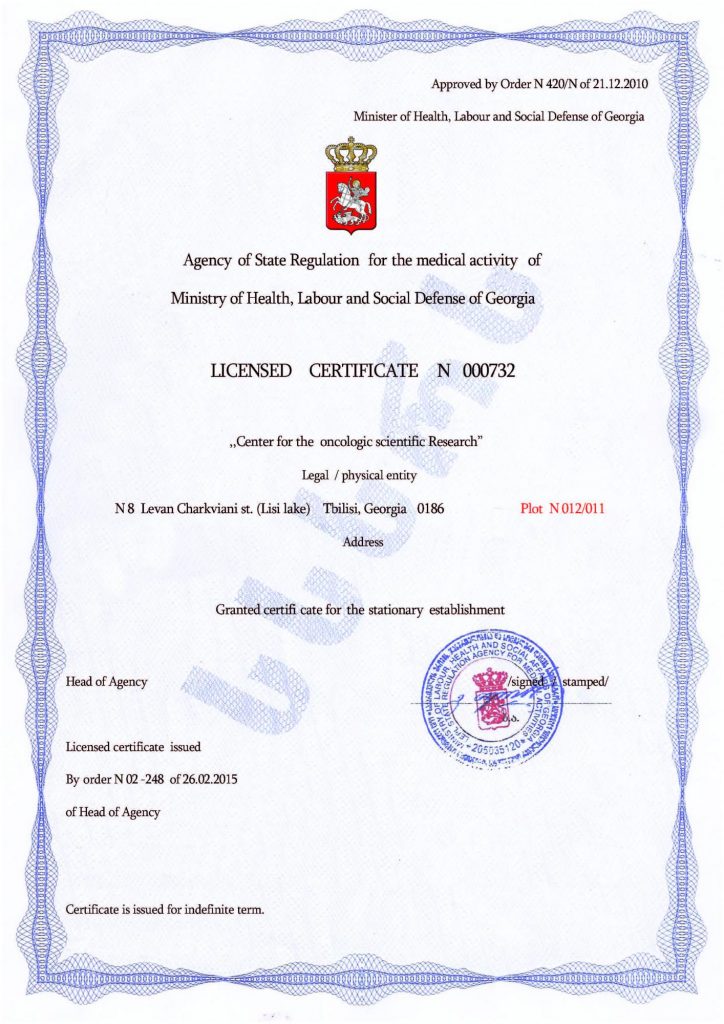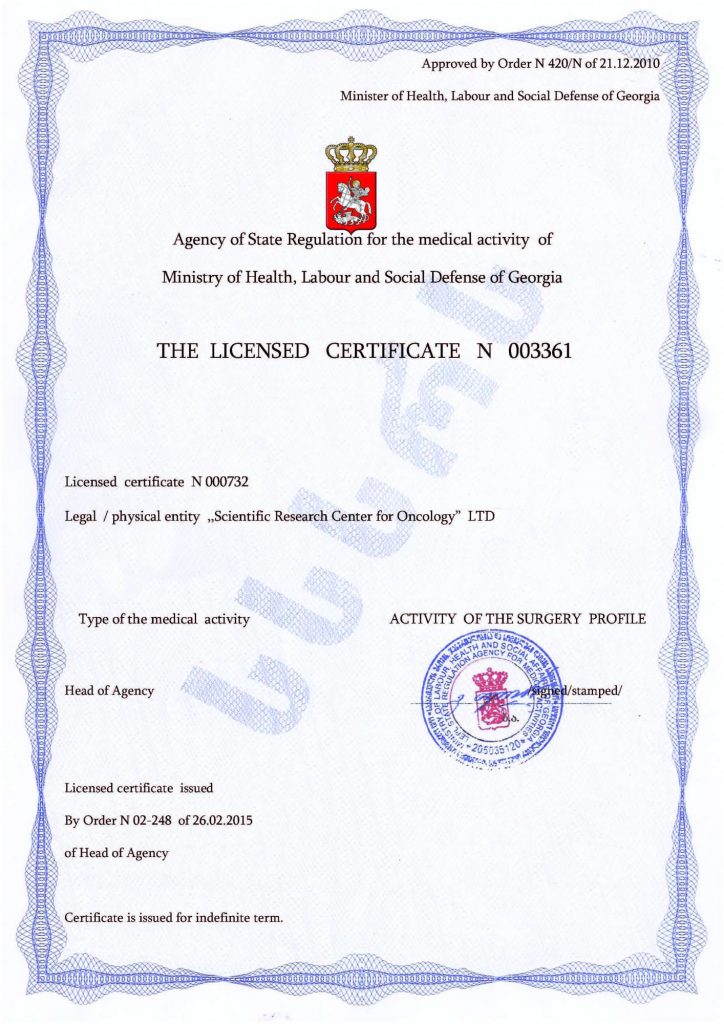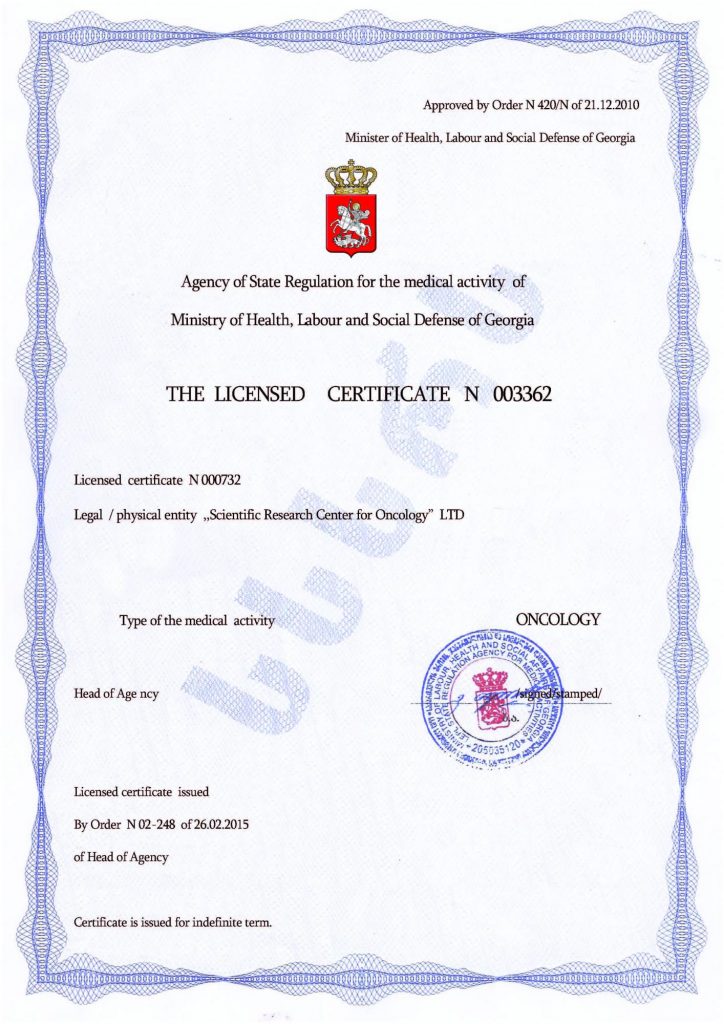Logical Games for Children with Autism
Logical games for children with autism spectrum disorders must combine structure, visual support, and sensory safety. When organized correctly, they can develop intelligence, improve social skills, and enhance the ability to understand cause-and-effect relationships. There are many types of logical games that can be divided into several categories.
- Object-Logical Games
These primarily include sorters and puzzles, which allow children to perform various actions.
- Sorting objects by color, shape, size, or the first letter of their name.
- Tactile puzzles with different textures (sets with elements made of leather, fur, etc.) to develop tactile perception and classification.
It is also helpful to use construction sets (like Lego or wooden blocks) to “build” roads and houses, followed by role-playing scenarios (“the train is carrying cargo,” “the animal hospital”)—this helps children understand the sequence of actions and spatial relationships.
- Adapted Board and Active Games
- Tic-tac-toe with lighting and sound effects simplifies understanding the rules through sensory feedback.
- Hide-and-seek with visual boundaries marked by cones or stickers.
- Social stories with cards explaining steps: “Count to 15 — Look — Found.”
- Hopscotch with colored squares instead of numbers to simplify navigation.
- Digital Applications and Games
Among them, the following can be highlighted:
- Special games for sorting, matching objects, and puzzles.
- Multi-level tasks for memory training (such as remembering sequences).
- Project:EVO and Shroom Digger, which develop reaction speed and action planning.
It is important to limit screen time to 15-20 minutes and combine these digital activities with real-life practices.
- Specialized Developmental Kits
Tactile kits can include:
- Bags filled with beans or rice for hiding objects, which teaches the ability to make logical assumptions (the child is asked where a specific toy might be).
- Sensory boxes filled with sand, where children can recreate patterns or search for objects based on descriptions.
There is also the possibility to accelerate the development of cause-and-effect relationships with: - Drums with different sounds when struck—this helps children learn the “action-result” connection.
- Toys with buttons that emit light or sound signals.
- Social-Logical Games
These are primarily related to role-playing scenarios, such as:
- “Store” (sorting goods, counting “money”) or “Hospital” (the sequence of treatment).
- Using family photos to create stories like “Who is older?” or “Whose items are these?”
- Cooperative games, including assembling a puzzle where each person is responsible for their section, or “Odd One Out”—analyzing a group of cards to find inconsistencies.
Key Rules for Organizing Logical Games for Autistic Children
- Individualization: Choose activities that align with the child’s interests (e.g., if they love trains, offer logical tasks with a train set).
- Visual Support: Provide rules in the form of pictograms or step-by-step cards.
- Moderation: Balance any activities, including recreational games, by alternating complex tasks with sensory breaks using swings or trampolines.
- Gradual Progression: Begin games with 1-2 elements or characteristics (e.g., sorting objects only by color), and then gradually add more (shape, size, etc.). This approach ensures the tasks remain manageable, preventing the child from losing interest. If they do lose interest, provide a sensory reset.
Age-Specific Considerations
Different stages of development are characterized by specific abilities and interests:
- Ages 2-4: Ideal games include sorting balls by color and searching for objects in sensory boxes, which help develop basic categorization skills and tactile perception.
- Ages 4-6: Children can progress to simple puzzles with 4-6 pieces and role-playing games with dolls and cars that teach cause-and-effect relationships and action sequences.
- Ages 7 and older: Children can enjoy board games with rules (such as adapted tic-tac-toe) and AutiSpark, which help develop strategic thinking and multitasking abilities.
In general, games provide opportunities to develop various skills while also offering a subtle way for children to understand the world and learn behavioral rules. However, these activities do not address the underlying cause of autism or its symptoms. To address these issues quickly and reliably, cellular therapy is currently the most effective solution, relying on the stimulation of natural restorative forces.
The main process of cellular therapy involves stem cell transplantation, using the body’s own stem cells—basic building blocks capable of transforming into any other type of cell. Since the cells are taken from the patient, rejection is prevented as the immune system does not react to them.
During the transformation process, the introduced cells identify and replace damaged cells, restoring proper functioning. This leads to the brain and nervous system processing and analyzing information correctly, responding appropriately to external stimuli. Additionally, behavior stabilizes, the rate of overall development accelerates, and autism symptoms diminish or even disappear. This result is long-lasting, often permanent, and enhances the effectiveness of other corrective methods.
Given its effectiveness and potential, cellular therapy has gained wide recognition and may become the primary treatment for autism and its symptoms in the future. Leading clinics around the world, including the Mardaleishvili Medical Center, now specialize in stem cell transplantation, with highly qualified doctors who have extensive experience in the field and access to the latest equipment. This combination of expert care and technical advancement allows for the most optimal therapeutic results. The quality of treatment meets the highest international standards, and the costs are lower than in other countries. The center also offers comprehensive assistance in planning travel and addressing issues related to accommodation during the rehabilitation period.
Sign up for cellular therapy—give your child the opportunity to accelerate their development!
Autism Treatment Center Videos
Autism treatment with own stem cells
Cord blood association congress
International Quality Crown
Autism Treatment Reviews
Autism treatment with own stem cells
The story of Alessandro (6 years old)
Autism Patient Testimonial - Stem Cell Treatment
Clients Testimonials

Review by Anastasia, mother of Yusup (8 years old) Read More
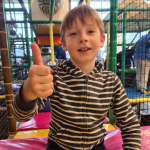
Feedback from Nathalie, mother of Andre (9 years old) Read More

Feedback from Yulia, mother of Emily (7 years old) Read More
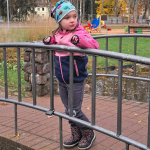
Feedback by Everita, Katrina’s mother (5 years old) Read More
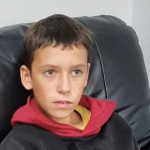
Feedback from Igor, David’s father (12 years old) Read More
